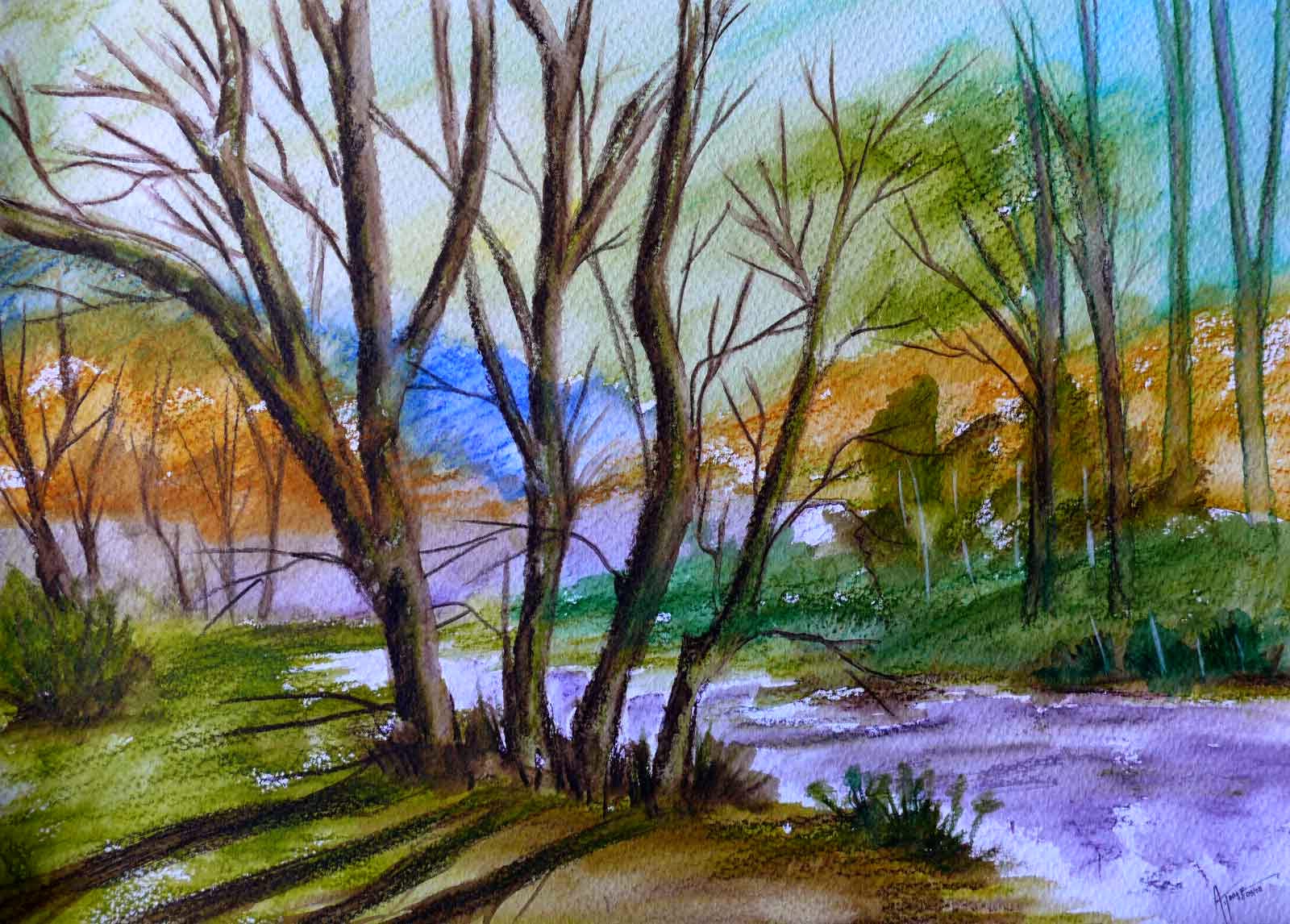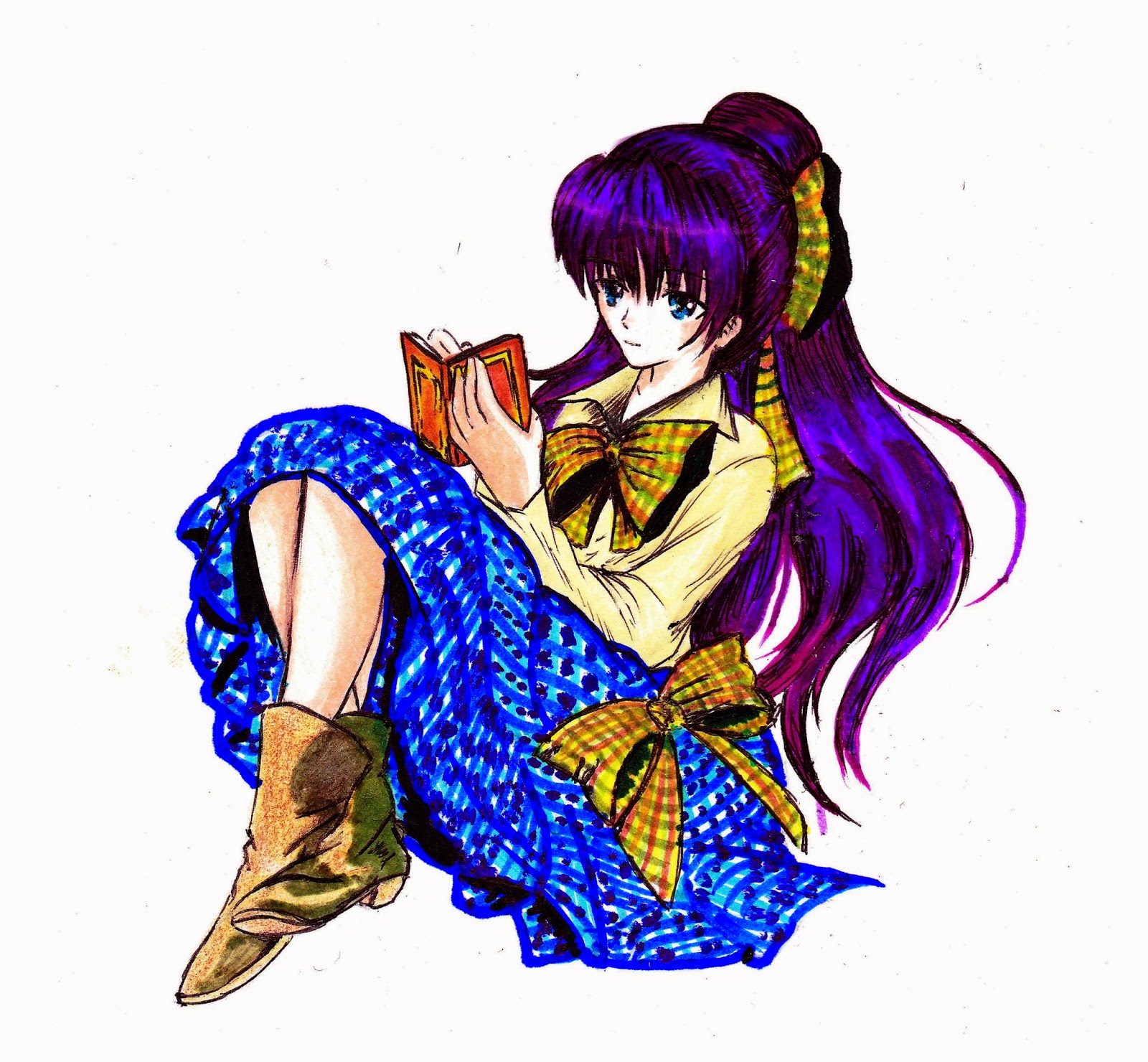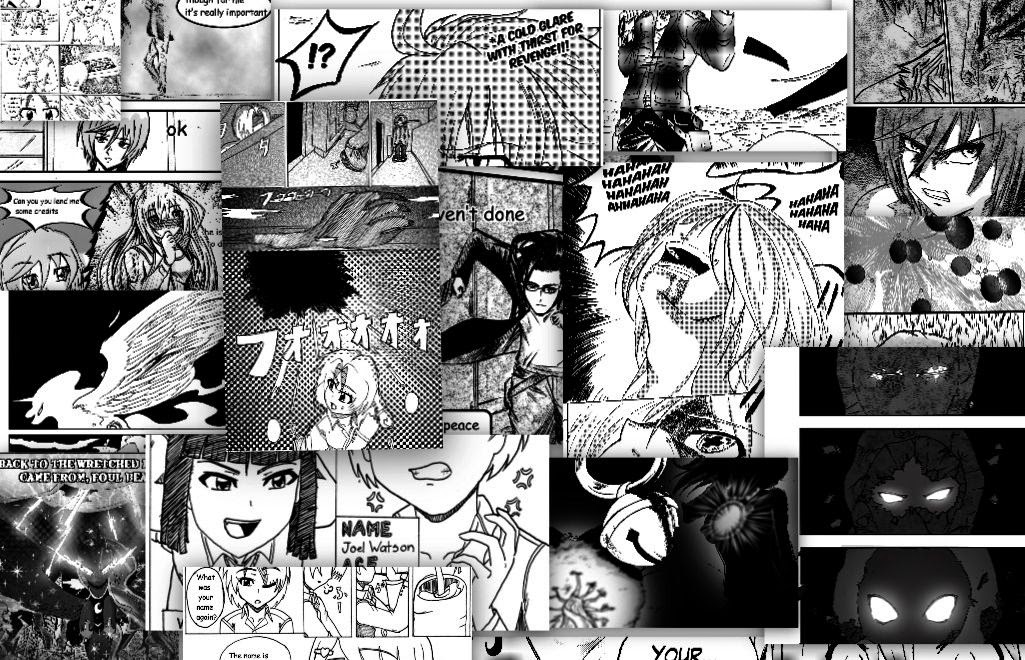CRAYON:
"This technique uses color graphite found inside wooden cylinders. You can change tones and get unique color schemes, realism and ease the work on your art. You can stop working on it for hours or days and continue the painting without any setback. This technique consists in painting in the right direction, so that you can achieve volume as much as working with light and shadows. Shadow color schemes are better done using purple plus the object's color where the shadow starts, because the black lead may ruin the piece. You can work in different canvas with texture, like common paper or linen.
 |
| -Reference- |
The wooden crayon technique is known for its simplicity, taking into account the sense of color where it is being applied to give your work a speck of life. Wooden crayons, the stronger the graphite, the better the quality"
Crayon Technique: With Cardboard.
Practically the most used, and doesn't have golden rules. There are a couple of ways to apply it: By layers, by saturation, by addition, etc. The used paper is a factor, so I'll write of the two most common ones. Keep in mind there are no golden rules, but there are hierarchies, because every technique gives us a different and very remarkable result only if you know what you want.
- By layers: Consists of placing color after color, differently to addition, in which colors are applied with little pressure as not to harm the surface. The suggested type of paper is Opaline.
- By Saturation: The picture must have divisions between light and shadow pressure must be variable; Soft if it's a light tone and constant pressure if shadowed. For middle tones it's better a sliding pressure. The paper must be from a 120g bond to opaline, but keep an eye to seal the paper's porous texture.
- By Addition: Just like with watercolors, it's basically to make a tone that we don't have, and it's color over color. It's pressure is graded. It's best to use cardboard because you can get great finishing details with it.
- Pastel: Work with soft tones and a trail of dark, graded ones. Paper is not an issue, but be careful as you can damage the paper. It's best to take your time.
 |
Crayon Colored
|
PAPER:
- Bond: I suggest it mostly for sketching. 120g Bond can be used for ink work because of it's higher resistance.
- Opaline: Suggested for pencil, crayon, or even markers
- Wax Paper: It may look weak, but it can stand ink. Be VERY CAREFUL because it's pretty fragile and can rip with ease.
- Carbon Paper: I suggest you to avoid this one. It's not because the quality ends up bad, but it's pretty sensitive to folding and the ink won't dry fast. The expected time for ink to dry is between 2 or 3 minutes, as to avoid stains.
- Posterboard, Construction Paper and Craft: To be honest, if you really need to make something big... I wish you luck! Nah, I'm kidding. Seriously, it'll take too much time. Use this kind of paper only if you want to make an astounding job and don't care the insane amount of money and effort required for a nice finish.
 |
| Crayon Technique in Bond Paper |
Lastly, crayons can also be used to sketch. Keep in mind that to do it and make it look well it's better to use tones with low saturation, which would be around Pastel tones.
 |
| List of colors and their equivalents in gray scale |
These are just some tips that I give based on my experience and opinion. I hope this is of help to all of you and if you have any question or you need information, feel free to ask on our comment section right down of this post.


















0 comments:
Post a Comment